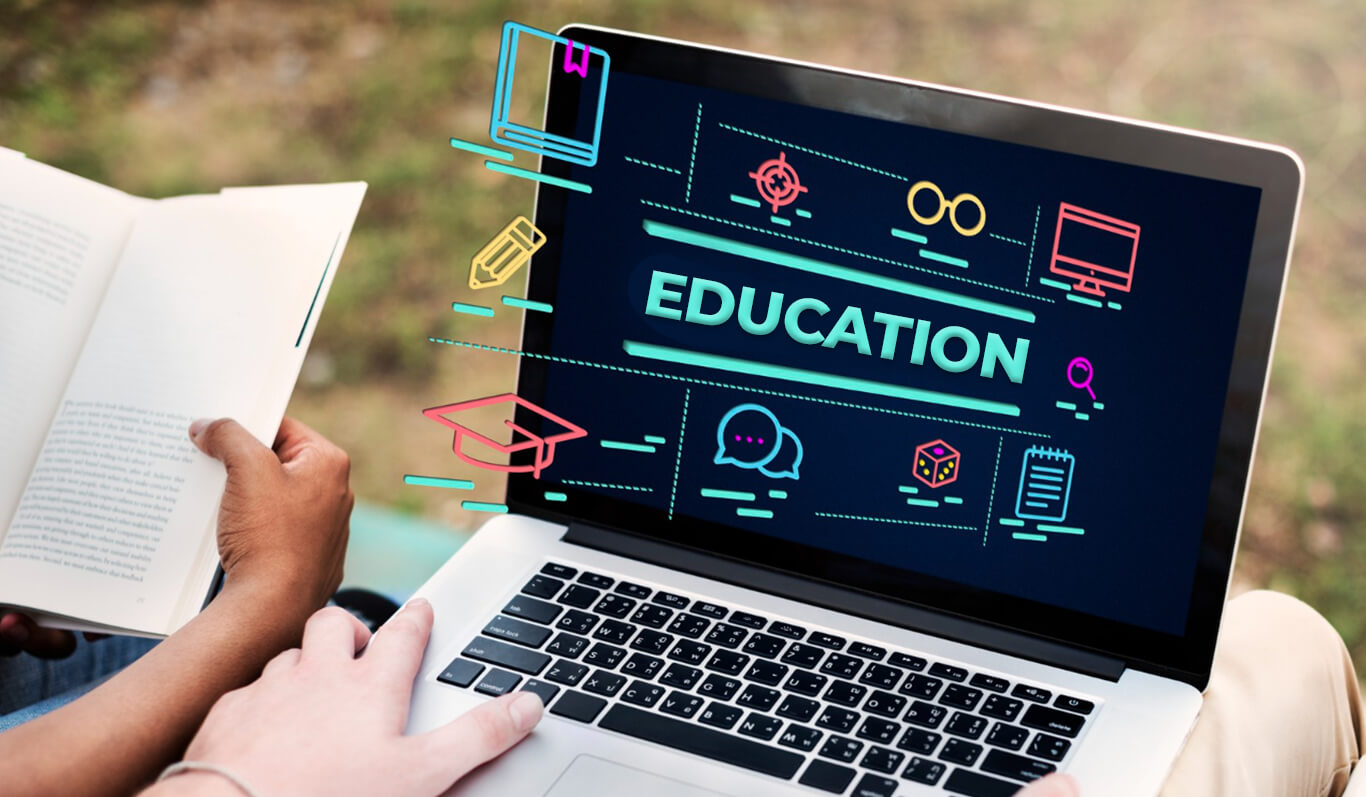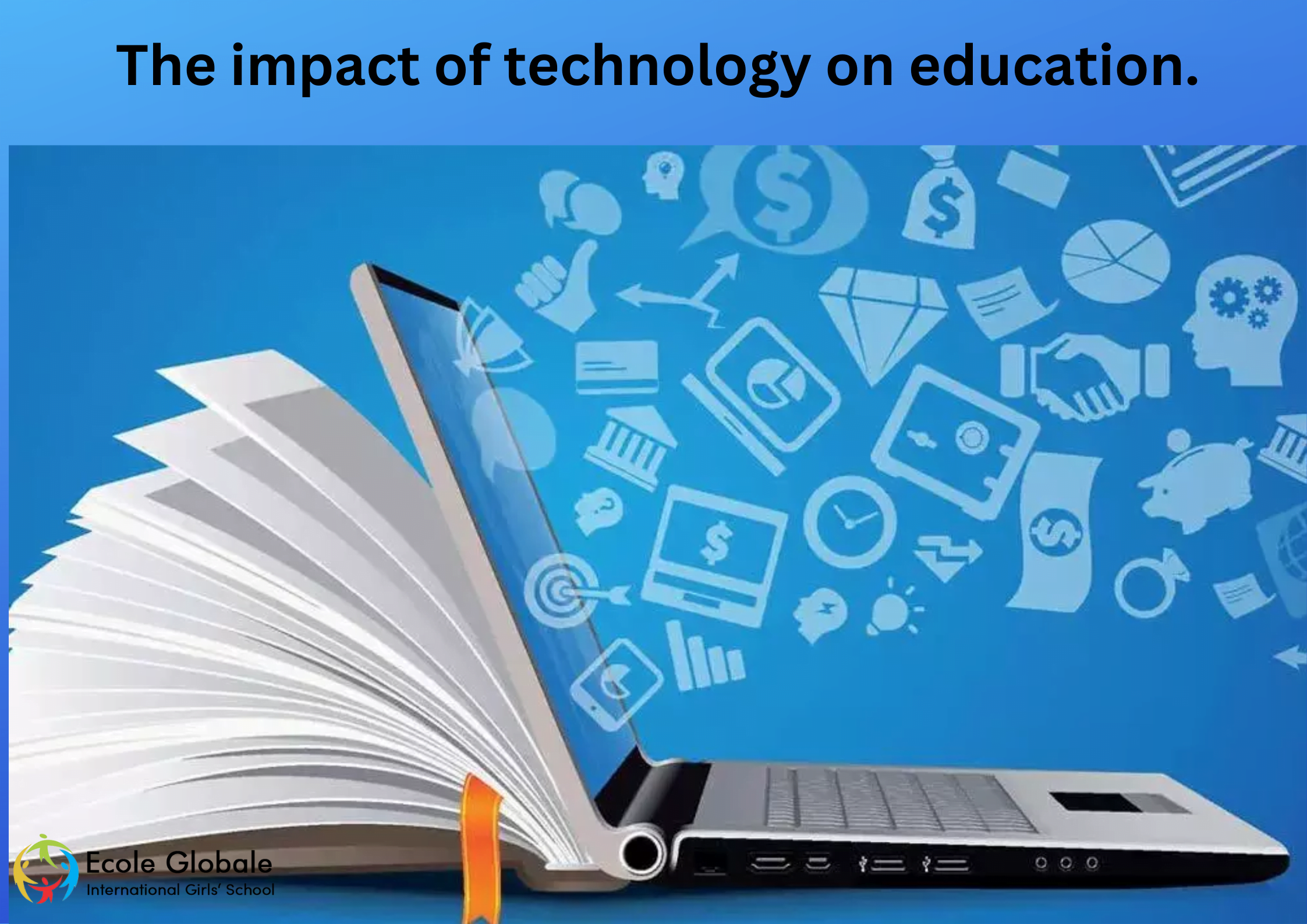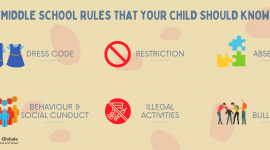Education makes up a good part of our life. It starts when we are young and lasts all our lifetime. Technology has been growing rapidly and making the world a small place. With all these gadgets, we’ve become more dependent upon tech than ever. The world is growing so fast, with millions of people making different advancements in their fields that we’ve never seen before.
However, the pace at which technology evolves is astonishing. With such advancement comes great benefits and impact on our lives. Technology will continue to play a role in education in the future. The role of technology in modern education It has become an inseparable part of our culture and will continue to be so as time goes by.
Technology in Education

As per research conducted by boarding schools in Dehradun, technology has had a huge impact on education over the past decade, especially in the last five years. The days of pencils, textbooks and paper tests are long gone. Today’s students are using technology in ways that were never thought possible just a few years ago.
The use of mobile devices is growing exponentially in the classroom and in learning outside of school walls. Technology has changed how teachers teach and how students learn. But there are still many challenges when it comes to using technology effectively in education.
There are many ways in which technology can be used in the classroom so that students can benefit from it as much as possible:
- Digital textbooks– Students can use laptops or tablets while taking notes during lectures or presentations.
- Online Learning– These courses are convenient because they allow students to study at their own pace, at any time of the day or night, and from anywhere in the world. They don’t have to worry about missing lectures either because they can listen to recordings of previous lectures whenever they have time.
- Virtual Reality (VR)/ Augmented Reality(AR)– Virtual reality allows students to experience their lessons as if they were there rather than just reading about them or watching videos on a screen. VR experiences can be created for any subject area, such as history or science, allowing students to immerse themselves in their learning experience through several methods- 360-degree videos, 3D simulations and more.
- Interactive whiteboards-Teachers can use interactive whiteboards and screens in their classrooms so that students can interact with each other, as well as with the teacher and their classmates. It allows them to collaborate on projects or tasks, share ideas and get feedback from one another quickly and easily.
- The use of online tutorials and materials
Benefits of technology in education

The use of technology in the classroom has been proven to be beneficial to students as well as teachers. It is because it helps enhance their learning experience by providing opportunities not available in traditional classes, such as increased collaboration among peers or real-time communication with instructors who can help guide them through challenging tasks without leaving their homes or school grounds.
The impact of technology on education is significant. Technology has the power to transform teaching, learning and assessment. It can help us improve outcomes for students and teachers alike by making the learning experience more engaging, interactive and personalised.
Access to a wider variety of course material
Technology can help students to access a wider variety of course material that is available on the internet. It leads to better understanding and learning. Students have more access to online resources which can help them develop critical thinking skills. Students can use electronic devices such as laptops, mobile phones and tablets in their classrooms.
These devices make learning easier because they enable students to work independently or with others in groups. They also help students collaborate with others who have similar interests and ideas but live in different places around the world.
The internet has opened up a world of information that wasn’t available to previous generations. Students can now download lectures and study from them on their own time. It means they have more control over their learning process and can find their own pace for studying.
Lower cost or free access to education
Technology has the potential to transform education by giving students greater access to learning opportunities, empowering teachers to reach more students, and helping schools better manage their resources.
Schools can teach students from remote locations using video conferencing and webcams. It gives students who live in rural areas or have disabilities access to an education that previously would have been unavailable. Video conferencing also allows teachers to collaborate with experts across the globe on projects or research topics.
Improves teaching methodologies
Teachers can also benefit from using technology in their classrooms. They can use interactive whiteboards and other tools that allow them to engage with their students more easily than before, making it easier for them to teach lessons that require collaboration between the teacher and class members.
Another benefit is that technology allows teachers to communicate with each other around the world and communicate with their students in an interactive way through email, instant messaging, video conferencing and social media groups. It helps teachers stay in touch with each other even when they are not physically present at school together.
It means they can share resources such as lesson plans or ideas for new teaching techniques that can be shared among all teachers at all schools around the world.
Technology makes learning more fun
A technology-based curriculum is an effective way to engage students in their learning. With technology, students can learn at their own pace and at any time during the day, which can be convenient for working parents.
Technology allows students to use their own devices in class, which encourages them to explore new ways to study and learn. They can also take notes on their phone or tablet instead of relying on paper and pencils. It helps them focus better on the lesson taught and allows them to record their thoughts with those of other students in real time.
Enable students to have more access to tools and information
The advent of technology in the field of education has brought about a lot of changes and benefits. The most important one is that it has made education more accessible to all students across the globe.
Technology can be used to create a more engaging learning environment for students. The use of virtual reality and augmented reality technologies can help students learn about things that they cannot see or experience in real life and make their learning more exciting. Using these technologies will allow students to get access to new types of information which will enrich their learning experience by making it more interactive and fun.
Easier to integrate multiple technological tools into the classroom
Technology allows us to integrate multiple tools into our classrooms without using multiple devices or applications. It means we can focus more on teaching than trying to figure out how everything works together. With technology, you can create an interactive learning environment that allows for better collaboration between students, making it easier for them to work together and share ideas.
Other benefits
Learning how to use technology can help children develop skills of problem-solving, critical thinking, creativity and decision-making skills. In addition to improving academic performance, using technology can also improve social skills by allowing children to interact with others online through chat rooms or forums where they can share ideas or collaborate on projects.
Technology can be used to share resources among schools or districts so that they do not need to purchase as many copies of textbooks or other materials for each student. It will also reduce printing costs and save time as there is no need for shipping books from one place to another.
Conclusion
The benefits of technology in education are many. It provides students with a more stimulating learning environment, enhances collaboration and communication between students and teachers, makes learning more enjoyable and interesting, improves student engagement and motivation levels, facilitates learning outside the classroom, reduces costs of textbooks and other resources, provides access to an ever-growing body of knowledge through the internet and much more.
For any queries related to parenting, schooling, or any student-related tips, click here to check out our latest blogs









